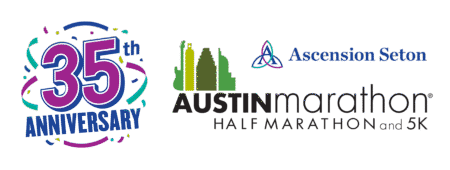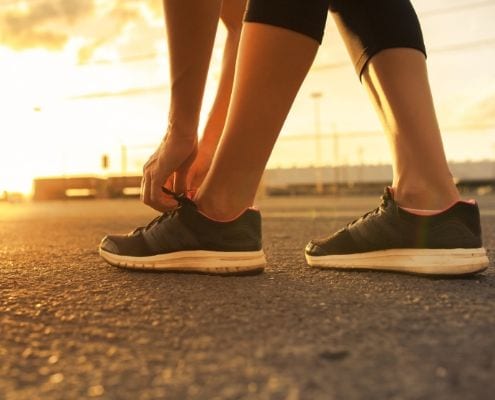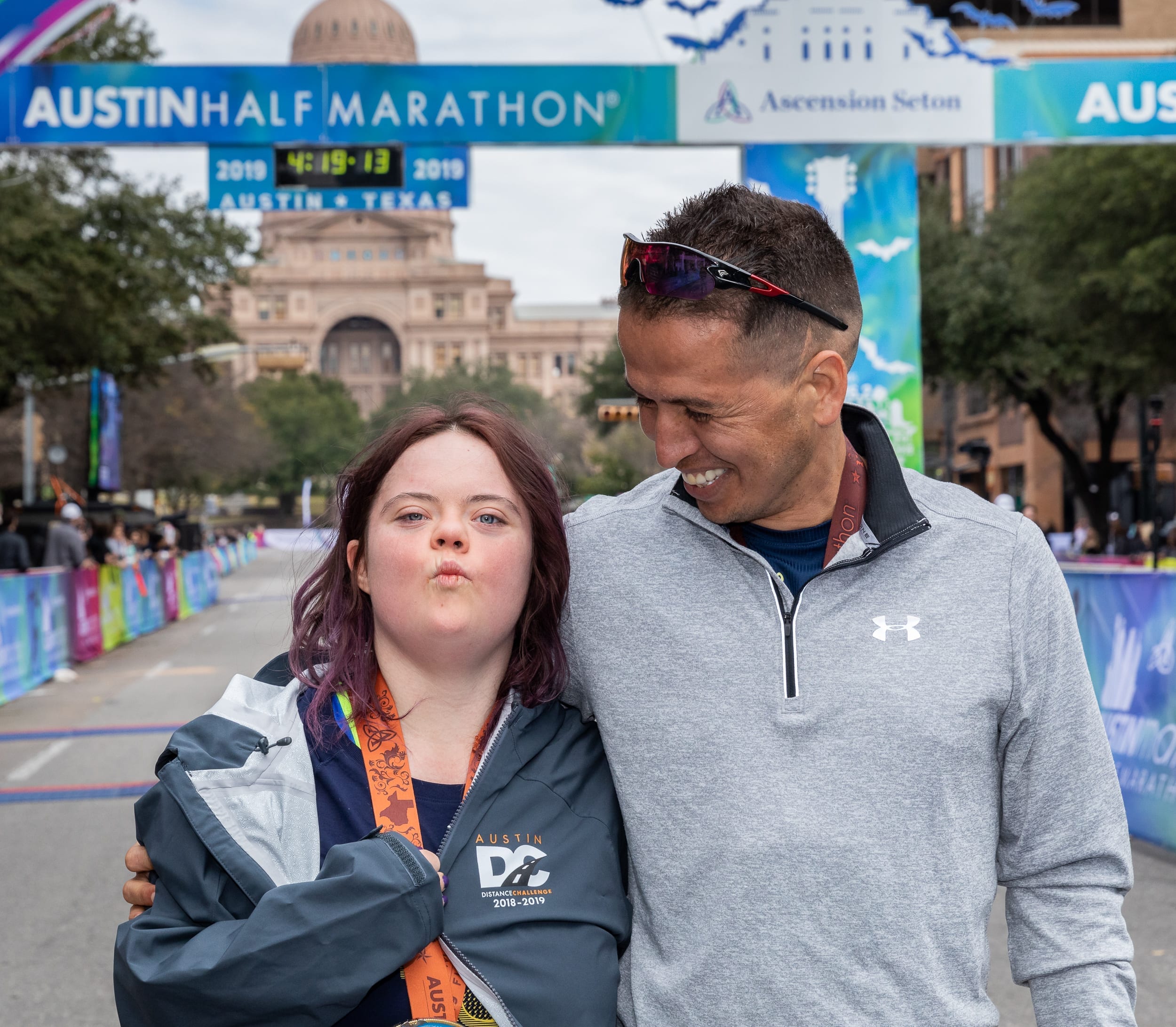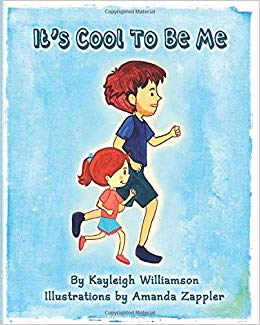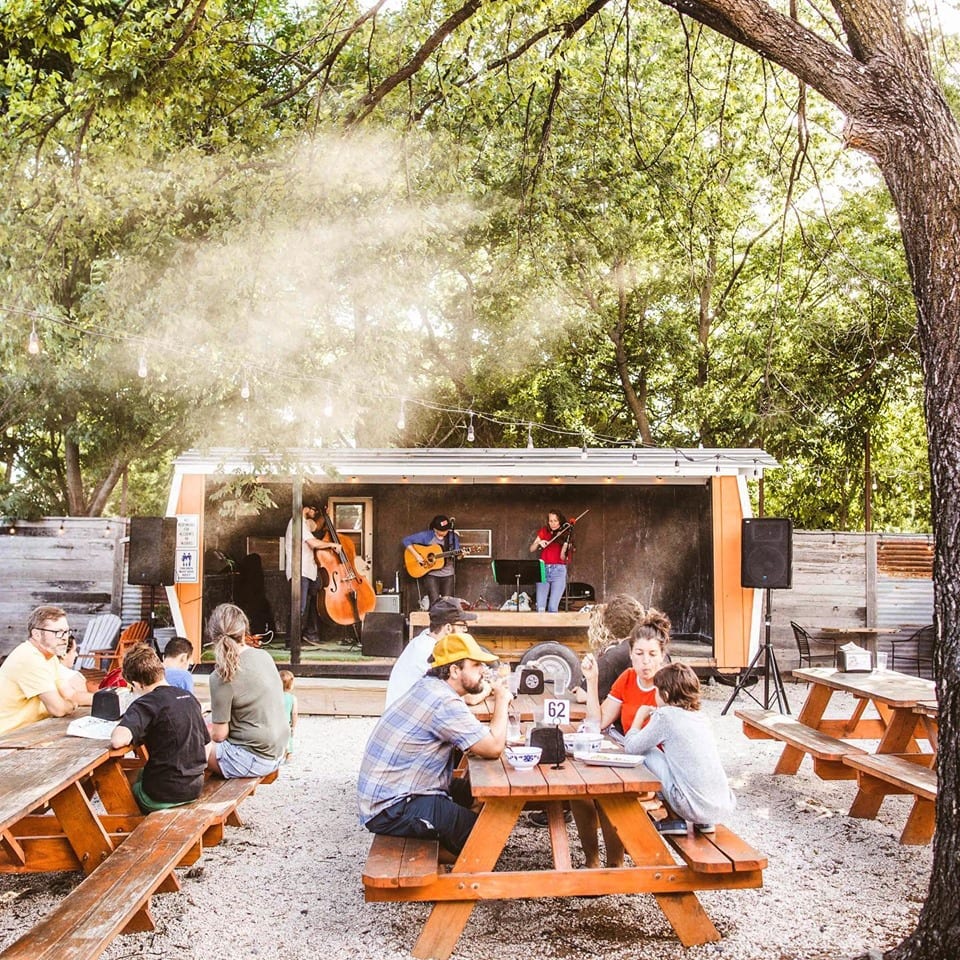6 Tips to Help You Wake Up Early for a Morning Run
Get out the door for your morning run with these 6 tips
The sun will soon rise and your alarm clock is going off. You’re training for the Ascension Seton Austin Marathon or Austin Half Marathon and your schedule calls for a morning run. But your bed is so comfortable and you were really enjoying sleep. Every runner battles themselves on some level every morning. Use one or all six of our tips to get out of bed and ready for your morning run!
Go to bed early
Hitting the sack early is a great way to wake up refreshed and ready for your morning run. It also helps get you in a daily rhythm. Wake up early, complete your run, have a great day, go to bed early, repeat. If you have trouble going to sleep try eating dinner earlier, watch your favorite show before you lay down, or read a book in bed. Once your body adjusts to your new schedule, going to bed early and getting up early gets easier.
Run with friends
Accountability! Knowing that at least one person is waiting for you is great motivation to get up early for your morning run. This mental hack is beneficial because you won’t want to let your friend run alone. Plus, everyone knows running is better with friends. Who knows, your friend is probably using this same tip!
Create a playlist you love
Knowing you’ll jam during your morning run will help you get up. Set the playlist to coincide with the duration of your run or make a list and put it on shuffle. Singing along will help get you going and make the miles fly by. Need some song recommendations? Follow us on Twitter and check out our #WeLiketheSoundofThat campaign. We’re compiling the songs on this Spotify playlist!
Sleep in your running clothes
Simplify your morning routine and sleep in your running clothes. Take this a step further and put your running shoes and socks by the door. Pack everything you’ll need for the day if you don’t plan to come home after your run. Pro tip: make sure the clothes are clean and weren’t previously used on a run!
Put your alarm out of reach
Place your alarm somewhere so you have to actively get out of bed to turn it off. This tactic gets your body moving and reduces the chances that you hit the snooze button. Put it next to your toothbrush, in the kitchen, or in your running shoes. Just make sure the alarm is set and the volume is loud enough to hear in the bedroom. Pro tip: if you use your phone, set your favorite song to go off when it’s time to get up.
Simplify your run
Start small and work your way up. Longer runs can seem daunting at first, increasing the chances you stay in bed. If you’ve just started running, alternate running and walking. Eventually, you’ll eliminate walking. You can also start out by running 15 minutes and increase your time on subsequent runs. Plan your route and know it. This increases your safety and provides benchmarks so you know how much running remains.
Completing an early morning run gets your day started and knocks one more thing off your to-do list. Use one or all of our tips to jumpstart your morning. Is there a trick you use that we didn’t mention? Let us know on Facebook or Twitter!
